Springhill is a tightly-configured, intown enclave of topographical and architectural contrasts. Tree-shaded streets lined with modest-sized cottages and bungalows meld counter-intuitively with riverside cliffs and modern high rise apartment towers. The neighborhood, which contains the only Old and Historic District in Southside Richmond, was listed on the National Register of Historic Places in 2014.
Despite its prominent location along Riverside Drive, at the south end of the Lee Bridge, and U.S. Highway 1, the 40-acre community is little known. Its boundaries are the James River and Riverside Drive to the north, Semmes Avenue to the south, Cowardin Avenue/Route 1 to the east, and Canoe Run Park to the west (the latter connects with the city’s meandering James River Park system). Within these boundaries are some 40 single family houses and duplexes that are bracketed on four sides by sizable apartment buildings and a complex of connected townhouses. These include the Riverside Apartments and the 2000 Riverside Drive Apartments on Riverside Drive, the Stonewall Place apartments at 1920 Stonewall Avenue, the Belle Summit Apartments on Cowardin Avenue, and the recently-built Belle Heights townhomes on Semmes Avenue.
From 1900 to 1930 the area experienced its greatest home construction spurt with homes for people employed by nearby railroad, tobacco, or other industrial operations. All of the homes are frame (some covered in stucco or asbestos siding) and are modest renditions of vernacular colonial revival, or craftsman/bungalow styles. These are augmented by a few delightful outliers such as the Italianate-style house at 613 W. 19th St. and a be-towered Queen Anne confection with a wrap-around porch at 516 W. 19th Street. Perhaps the neighborhood’s most charming house is the evocative single story wooden cottage (built c. 1900) at 620 W. 20th St.. Stone remnants of the 1888 Manchester Waterworks system can still be seen at the north end of W. 22nd St. along the riverside. (The independent city of Manchester, which included Spring Hill, merged with Richmond in 1910.)
The neighborhood’s highest elevation, 120 feet, is near the intersection of West 19th Street and Stonewall Avenue on the landscaped grounds of Stonewall Place, a medium rise senior community at 1920 Stonewall Avenue. It was once the site of a number of intriguing structures. A farmhouse was built here in the late-18th century. A military battery, an element of the overall defense system of Confederate Richmond, was constructed here in the 1860s. From 1900 to 1948 a multi-storied watertower dominated the site. A block away during the 1930s, the initial roadbed of Riverside Drive was constructed by the federal Works Progress Administration (WPA) during the Great Depression. The adjacent park-like landscaping is still evident in the low walls built of cobblestone that line pathways situated near the Lee Bridge.
Springhill boasts two of Richmond’s most architecturally-distinguished mid-20th century modern structures. The confidently-massed 15-story, red brick 2000 Riverside Drive Apartments, with distinctive concrete balconies, was built in 1965. It was designed by the noted Richmond architecture firm of Marcellus Wright and Associates. Just steps away and across the street is a pathway leading to the James River Park system and its high, concrete and steel pedestrian bridge that spans railroad tracks and leads to a spiral, poured concrete staircase connecting to paths, boulders, and rapids below. It was designed c. 1970 by Carlton Abbott and Partners of Williamsburg, Va. Firm principal Carlton Abbott (1939-) was the project’s architect and landscape architect (he is the son of prominent landscape architect Stanley Abbott who designed the Blue Ridge Parkway).
More recently, four contemporary and contiguous houses, designed and built in 2007 (following the city’s Old and Historic District guidelines) were built at 605, 607, 609, and 611 W. 19th St. Each was designed by architect Burt Pinnock, a principal with the Richmond firm of Baskervill.
Springhill, which has the distinction of being Richmond’s first streetcar suburb, is verdant and understatedly charming. It still has a number of building lots hiding, like the rest of the neighborhood, in plain sight.
ES


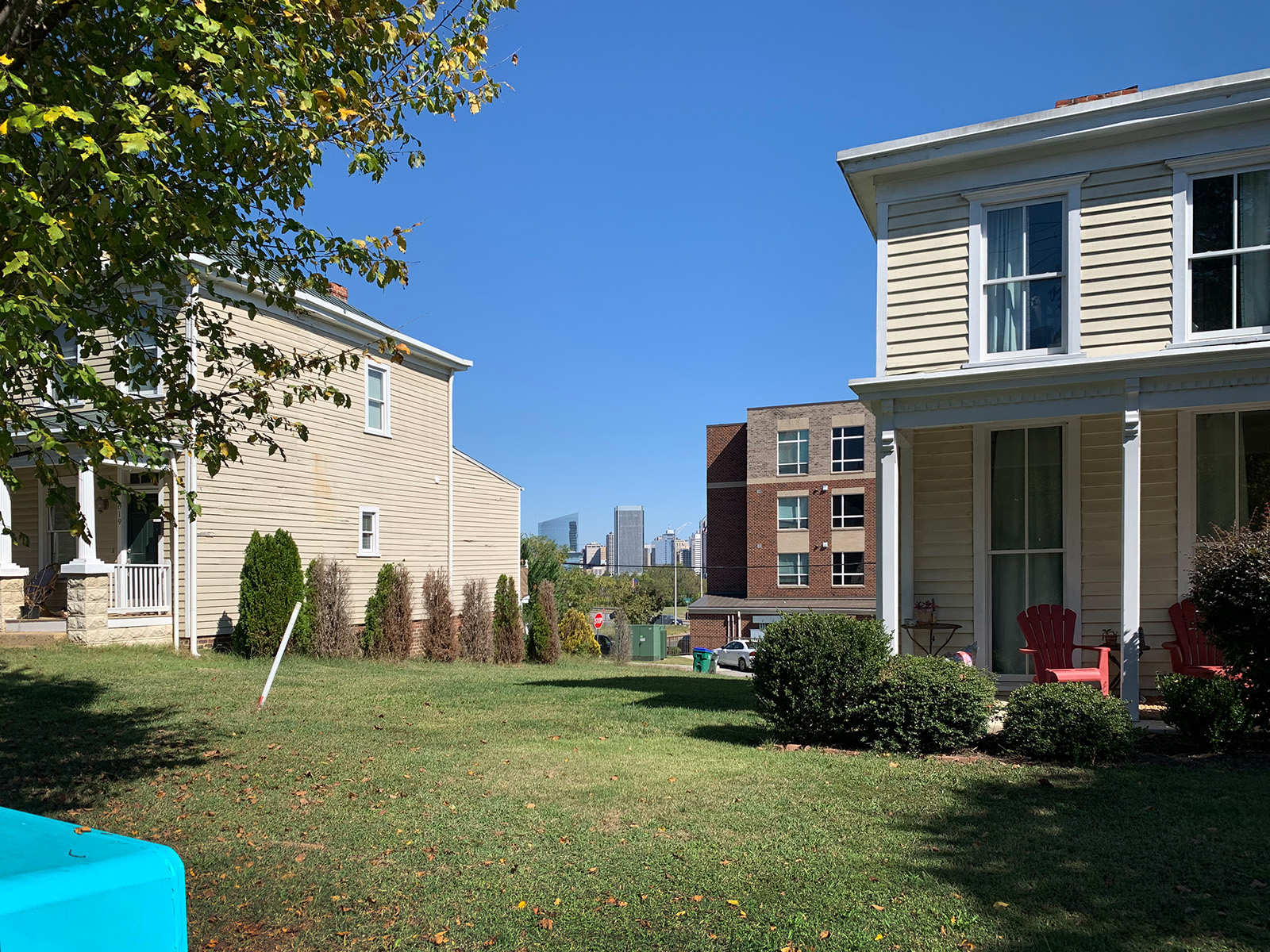
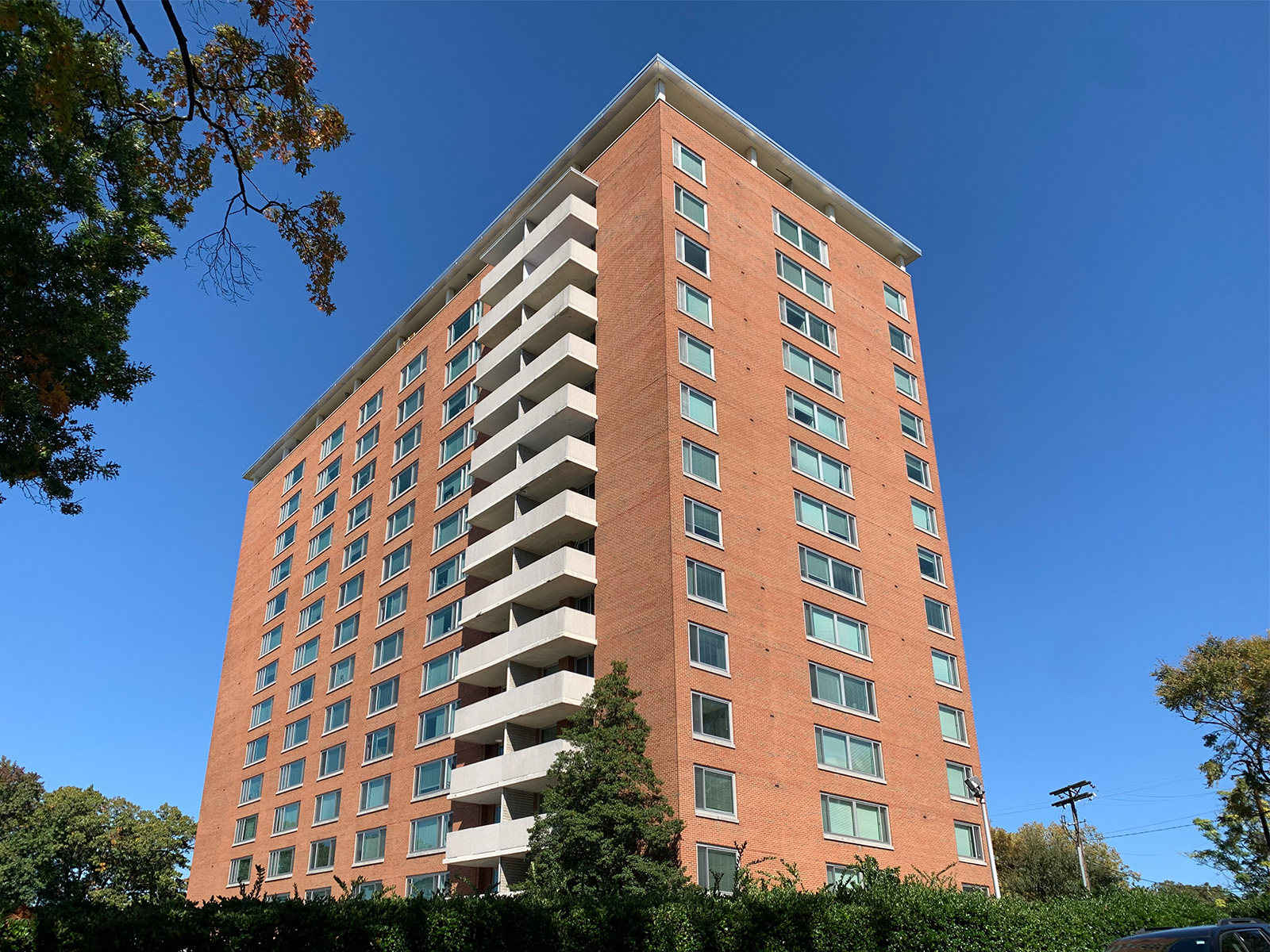


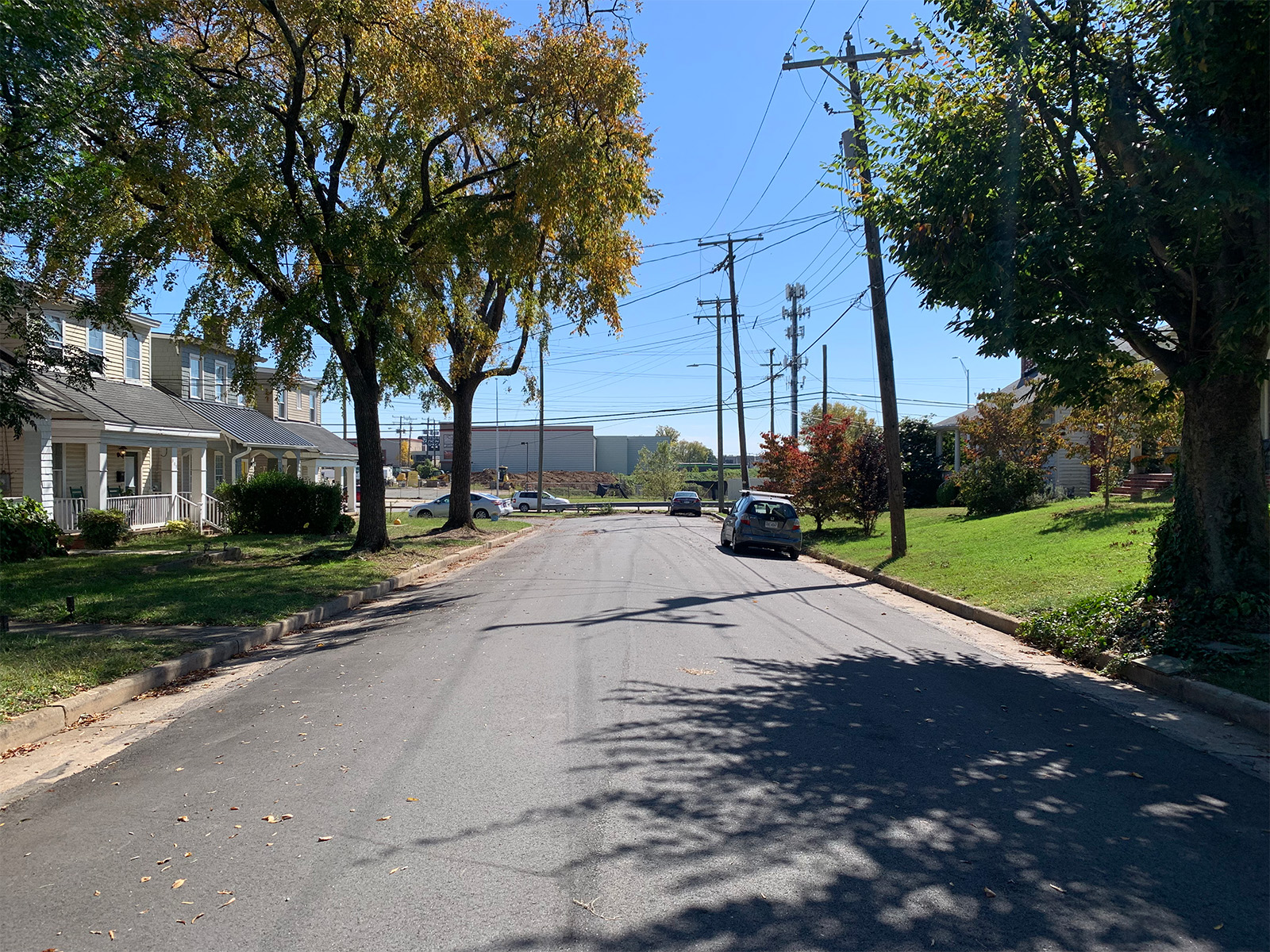
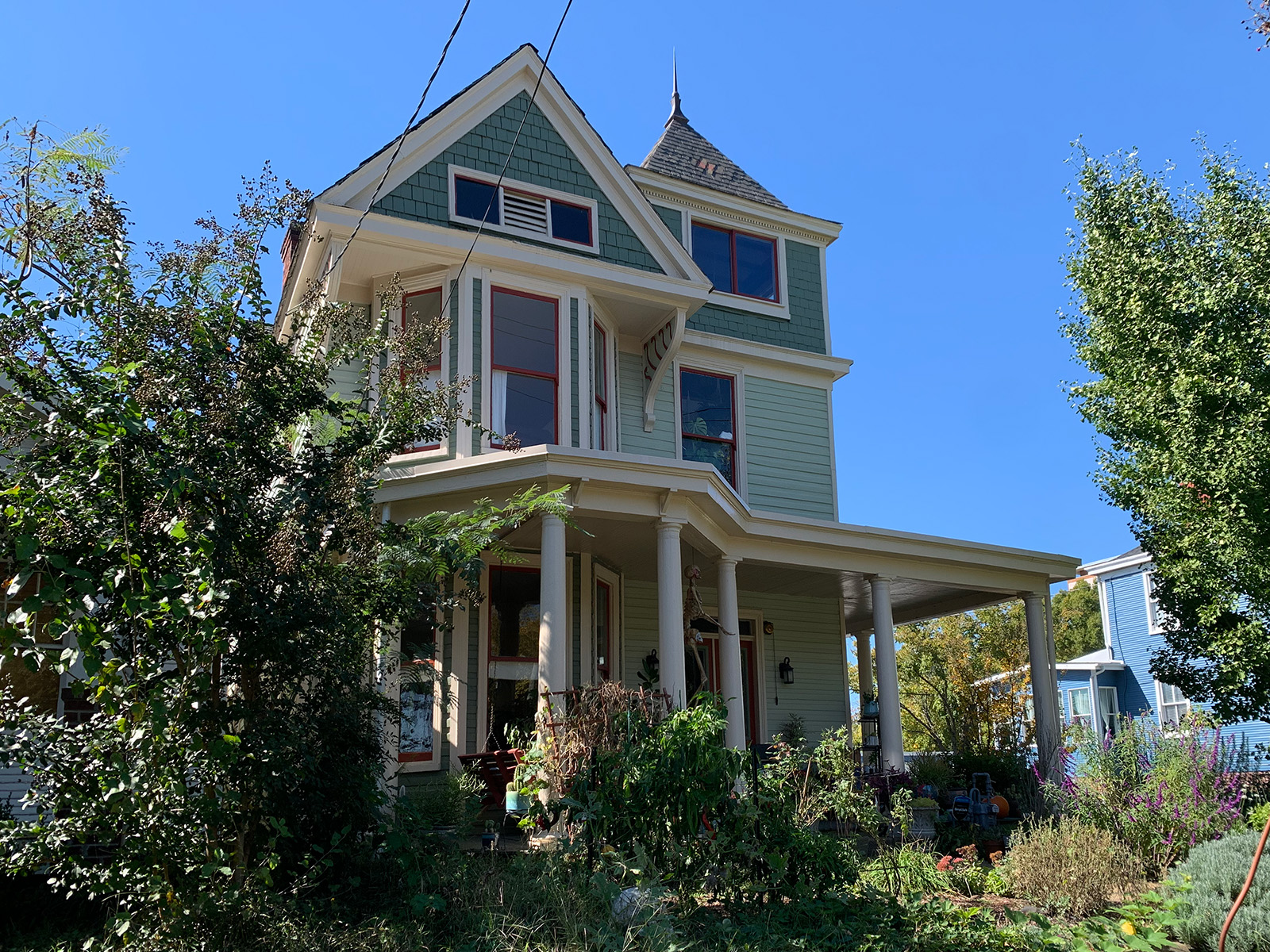
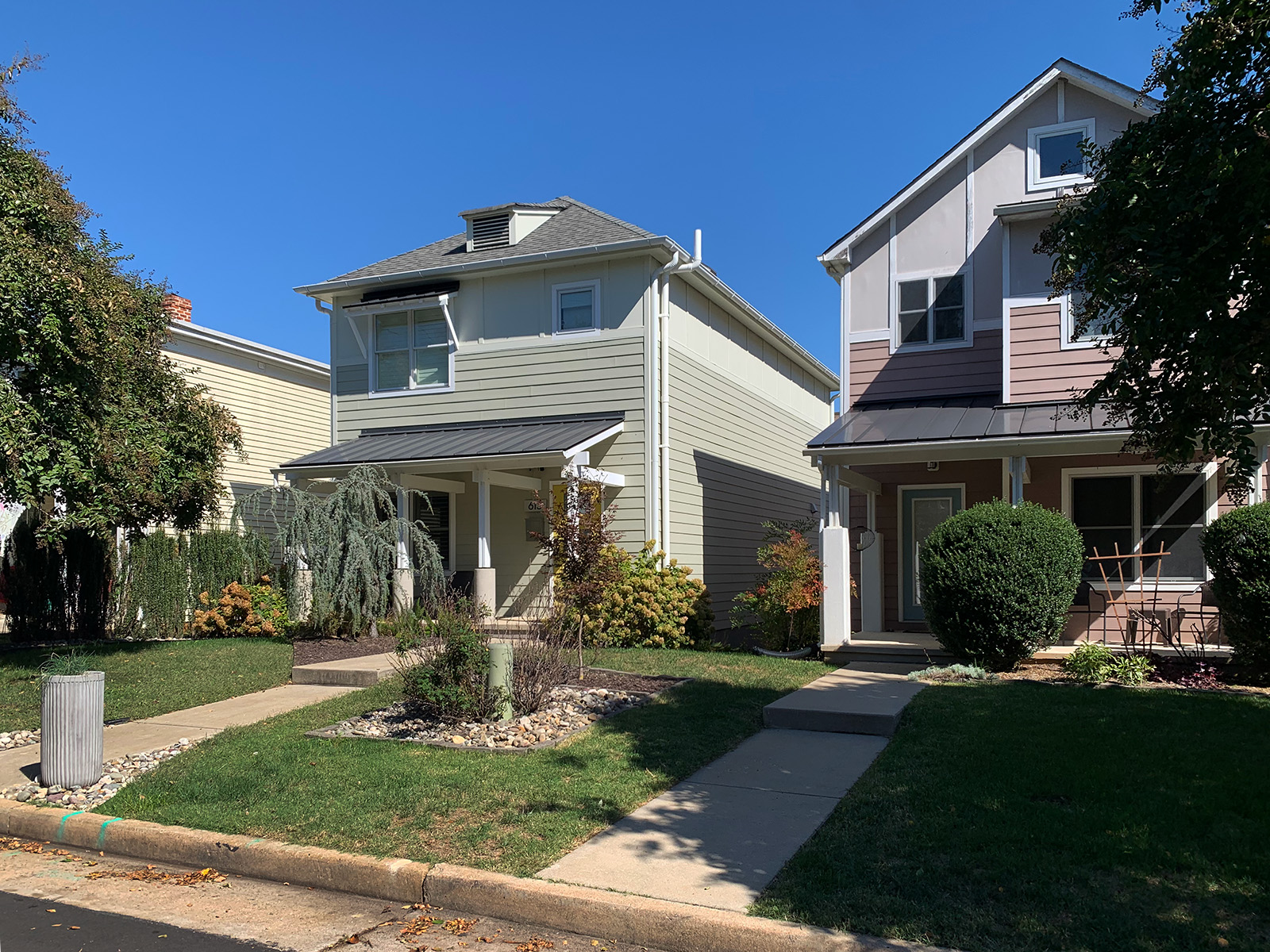
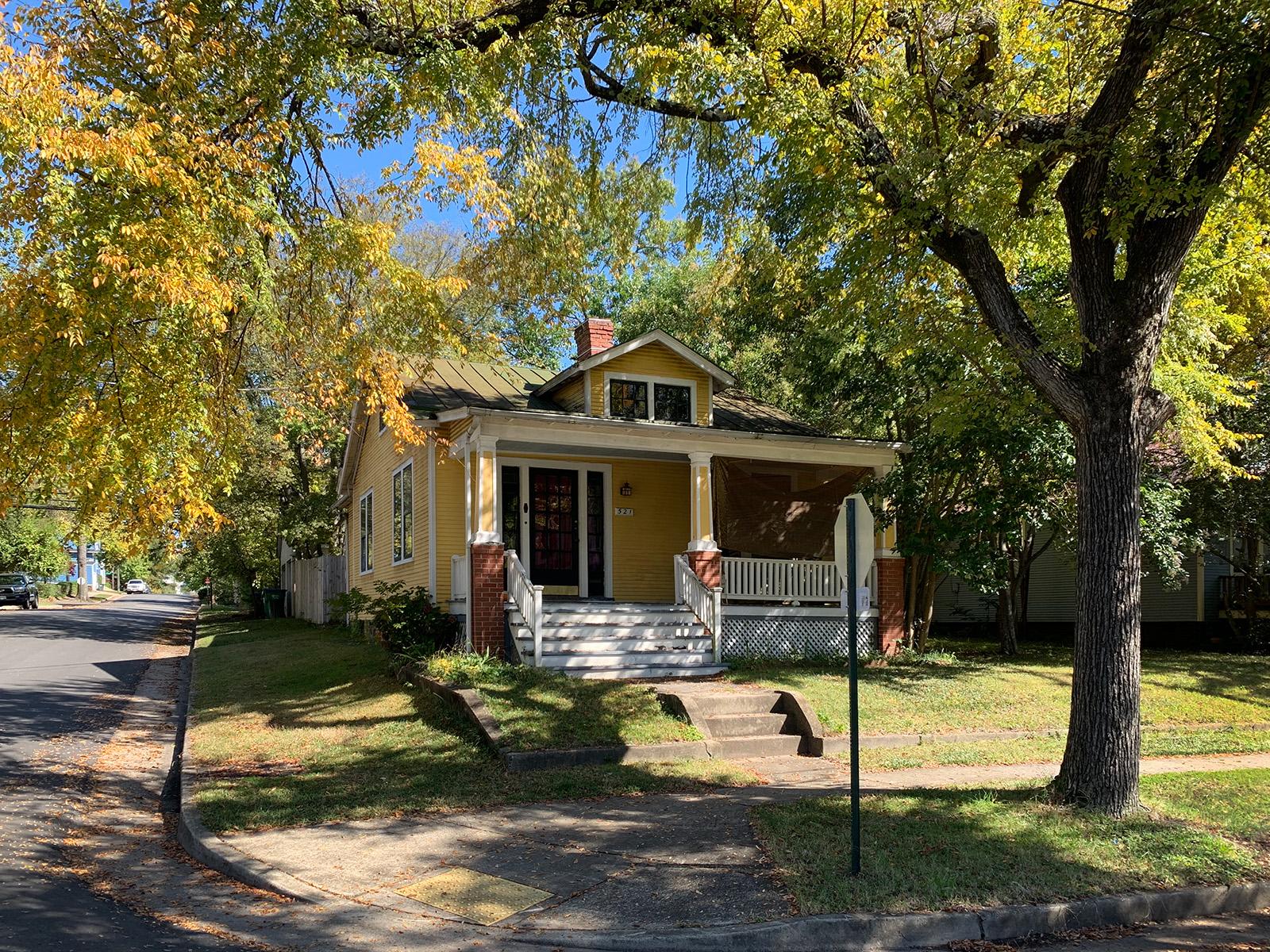
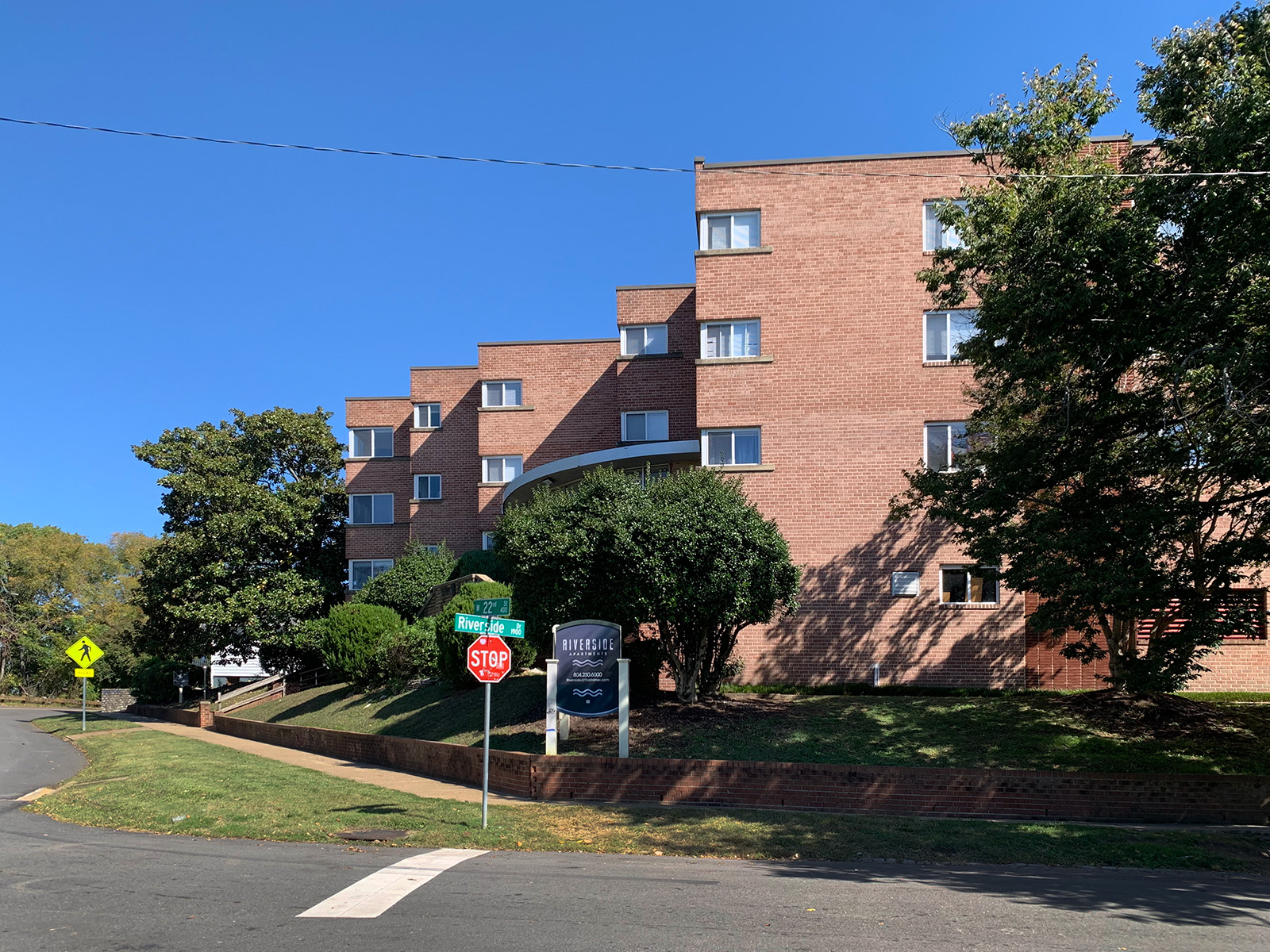
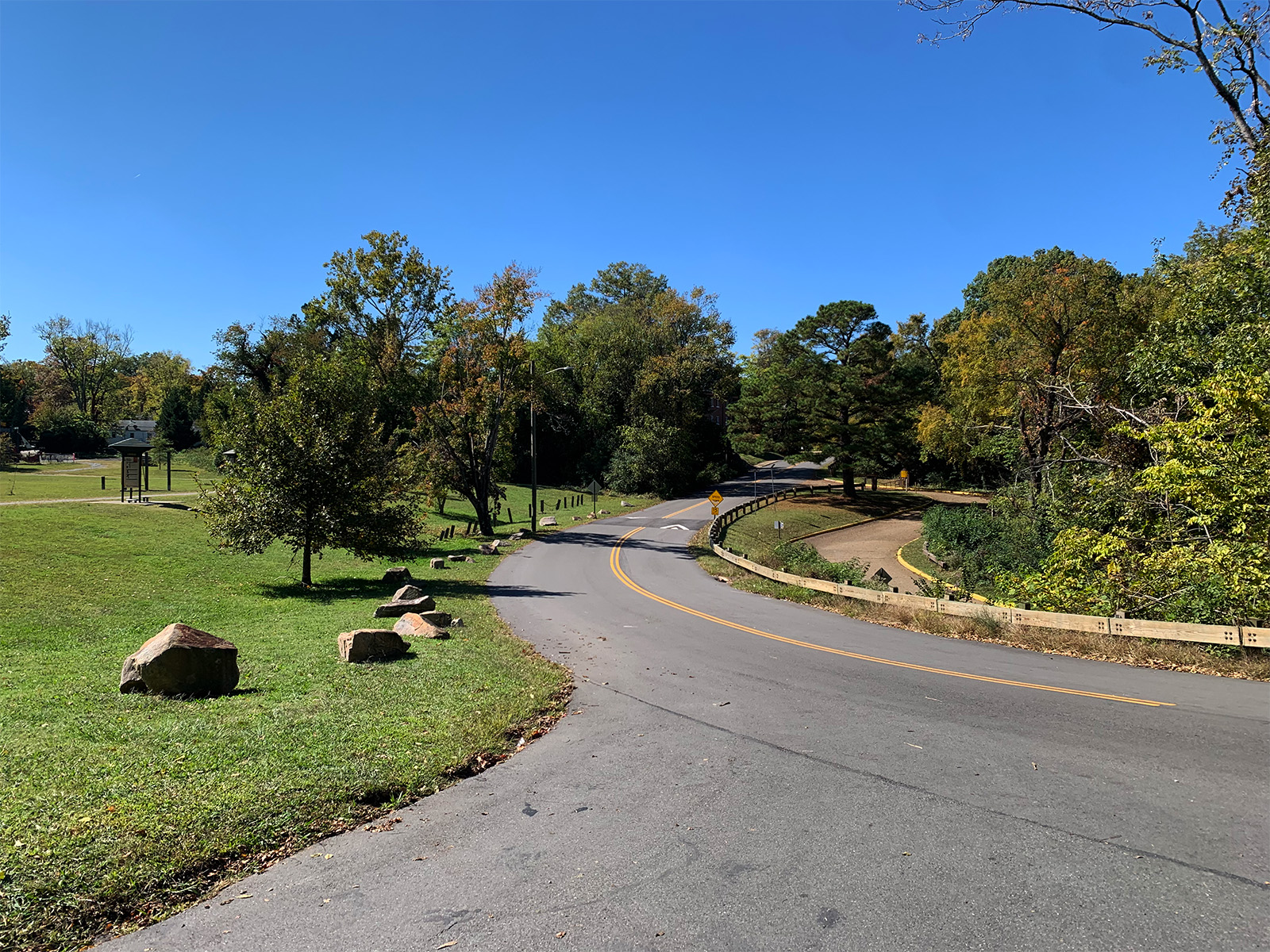


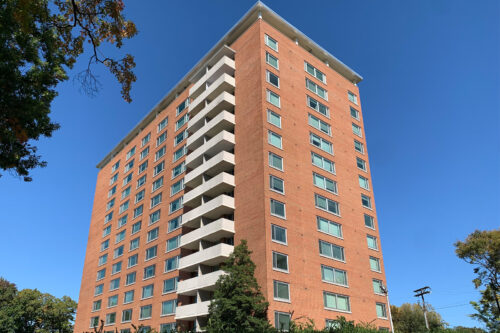
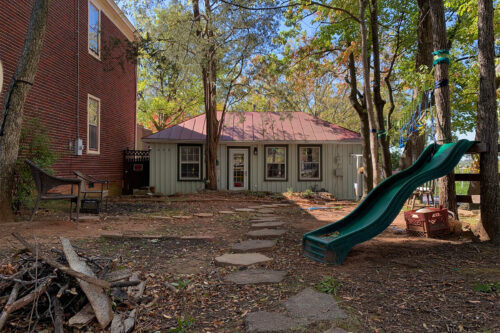
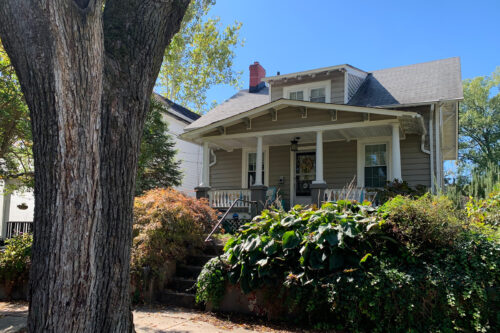
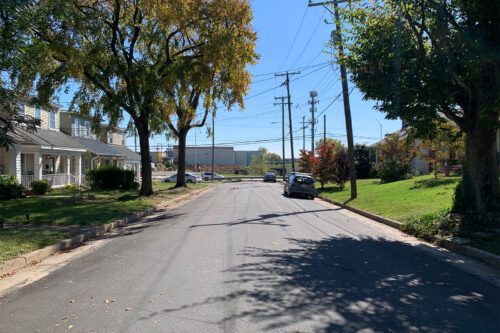

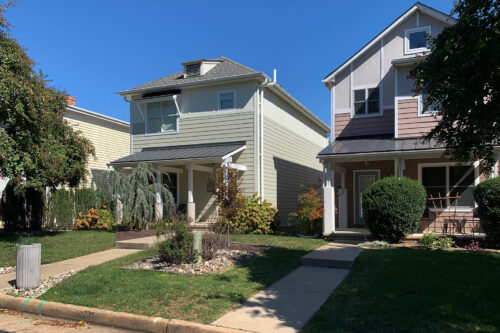
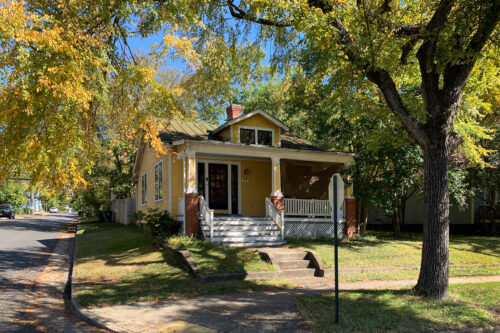
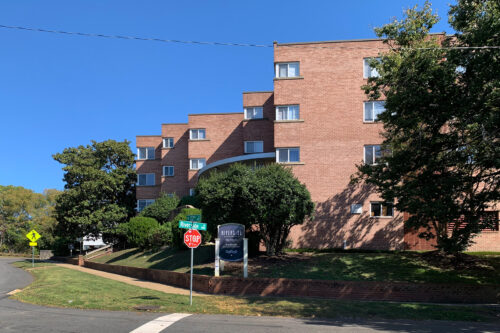
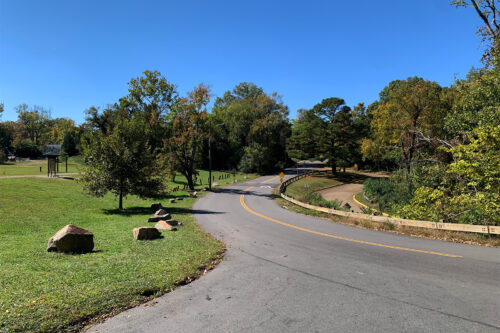
Write a Comment